John Calipari warns NCAA of consequences of unlimited transfer rule
The NCAA will not be changing its one-time immediate transfer rule — a win for college basketball in the eyes of John Calipari.
A move to allow unlimited transfers with immediate eligibility has been turned down, the NCAA Division I Board of Directors announced Wednesday.
“The board opted not to enact a new exception to the transfer rules that would allow student-athletes to transfer multiple times and be immediately eligible if they meet progress-toward-degree requirements at their new school,” the NCAA said in a statement. “However, the board remains committed to continuing to study the impact of the new transfer rules in both the short and long term.”
This comes after the Kentucky head coach told campers at the Players First Fantasy Experience in Lexington this weekend that a move to a free-for-all in the transfer portal would do more harm than good, specifically for non-powerhouse programs.
He wasn’t looking out for his own school — Kentucky is arguably the most desirable transfer destination in the country. Instead, he was fighting for smaller programs losing their prized pieces to high-profile schools through the portal, a stance he’s held since before the one-time immediate transfer rule was implemented.
“When it first came out how we were going to have a transfer without penalty (rule), only one time, I said, ‘You understand you’re helping Kentucky,'” Calipari said. “By saying that, what did I think the NCAA would do? ‘You’re helping Kentucky.’ They wouldn’t do it, they’re helping Kentucky, they’ll change that. Well, they didn’t.
“Now, it’s not only you can transfer once, (they’re considering) as many times as you want. You just have a reason. ‘Oh, my toenail.’ ‘OK, you get another year.'”
Calipari was also concerned about the academics, players pushing themselves further away from graduation by finding the greener grass through the portal on multiple occasions.
“My thing is, if we’re about education, if you transfer once, it’s going to be difficult to graduate near on time,” he said. “If you transfer two or three times, you’ve got no chance of graduating on time. Let’s make it about academics and let’s fight it, keep it at one year. If you need to take a year off, make it a redshirt year and come back. They’re not doing that.”
He compared it to his time at UMass and Memphis. Had an unlimited transfer rule been in place back then, he would’ve never had the continued success he did. He would’ve lost his key multi-year players in the portal.
“If I were at UMass, where I had Jim McCoy, Anton Brown, Will Herndon, would they have stayed with me four years? No,” Calipari said. “Then I got Tony Barbee, Harper Williams, Derek Kellogg, and I had another group, Lou Roe. Would they ever have stayed with me four years? When I was at Memphis and I had Chris Douglas(-Roberts), Antonio (Anderson), would they have ever stayed four years at Memphis? I don’t think so.”
They would’ve wanted to move up a level, looking for bigger and brighter opportunities. If you’re not a destination school, well, you could be a departure school.
“My point being, this is not good for coaches below that level where kids will want to come,” Calipari said. “They’ll want to come and say, ‘Well, you prepared players for where I want to go. I want to spend my last year or two with you, coach. Likely one year.’
“How about Kellan (Grady) last year? Didn’t you love Kellan? This is the greatest kid. We’ve been fortunate to get grad students, Reid Travis, kids that were graduated and it was good for them, good for us.”
It also creates a difficult scholarship situation for schools fighting to keep their players while also looking to add replacements in the portal. How many scholarship players do you keep on the roster? Do you leave space open or fill the team?
“I said this would happen. I’m at Memphis, I’m at Massachusetts. I’m going to have kids leave, but I’m also going to have to go get transfers,” Calipari said. “Would you have a roster of 13, where you have no room if someone wants to transfer? Or only have 10 so you have room? Say there are 350 programs, and they’re all holding back two. They won’t give all their scholarships because they may have a kid mid-season say they want to transfer. They’ll hold back two. That’s 700 scholarships that young people in our country would get that they’re not getting.
“How is it cured? Everybody is afraid there’s going to be a (law)suit, this that and the other. Well, at some point, you’ve got to let them sue you. Make it about academics. This is why we’re protecting this.”
Or the NCAA decides to nix the idea entirely. For now, at least.
“The board remains committed to continuing to study the impact of the new transfer rules in both the short and long term,” the NCAA said Wednesday. The unlimited transfer rule was not brought to life, but the Division I Board of Directors didn’t kill the idea permanently. New transfer windows of varying size were also implemented for fall, winter and spring sports, a controversial addition by the NCAA.
It does appear, though, that academics will be a top priority when considering changes moving forward — as Calipari hoped.
“Like their peers in the general student population, college athletes choose to transfer for any number of reasons,” University of Georgia President and chair of the Board of Directors Jere Morehead said. “We believe the changes enacted today enable member schools to adapt to students’ needs, while also positioning students for long-term academic success.
“These changes to NCAA rules recognize further study is needed on graduation rates before we consider authorizing multiple transfer opportunities with immediate eligibility. We will continue to review potential modifications to transfer rules as the landscape evolves over time.”

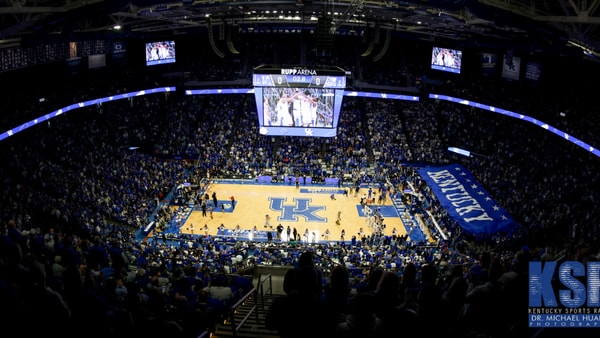
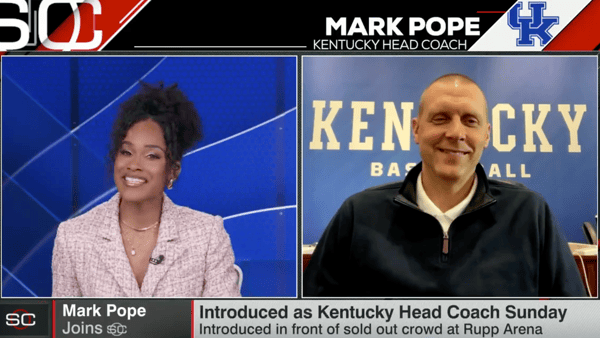
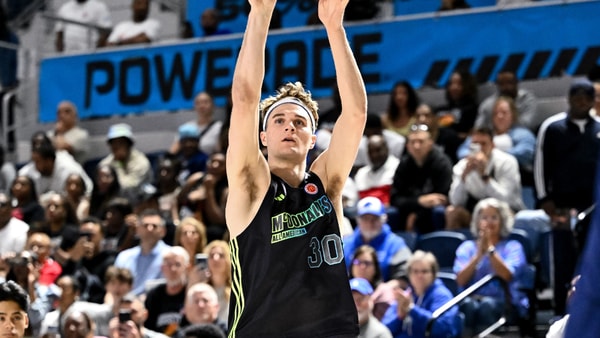
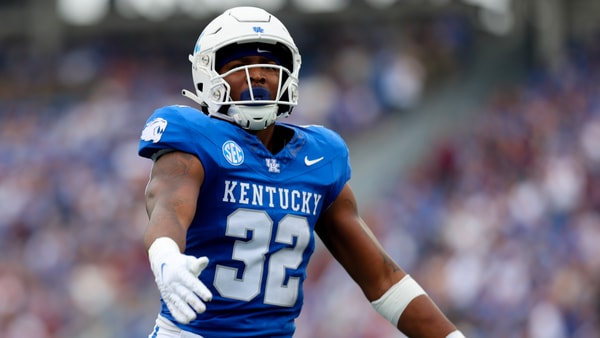
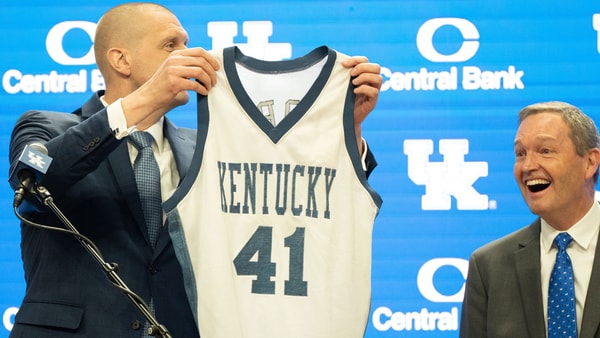
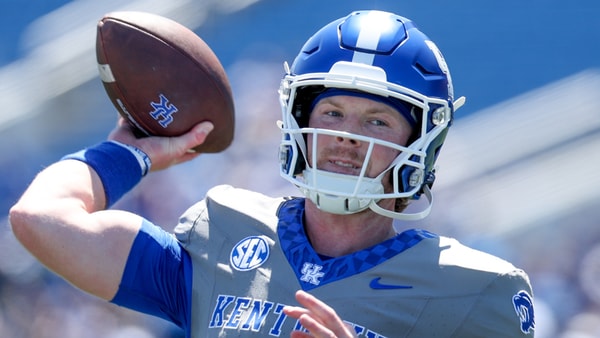
Discuss This Article
Comments have moved.
Join the conversation and talk about this article and all things Kentucky Sports in the new KSR Message Board.
KSBoard